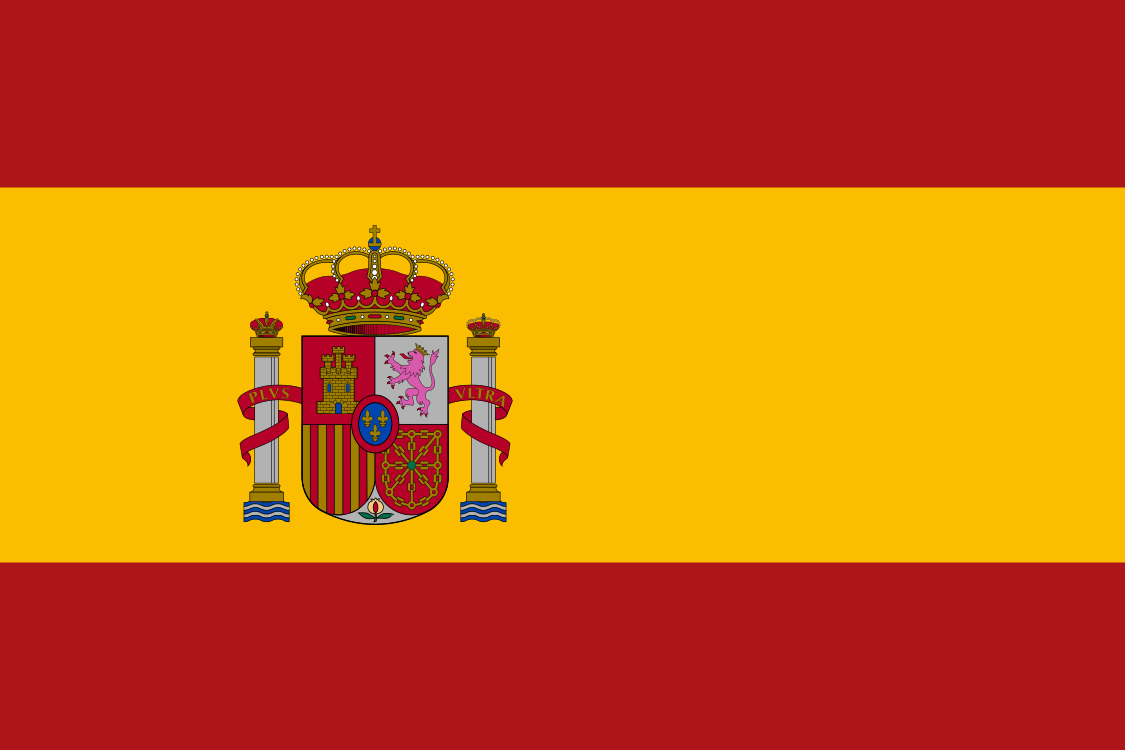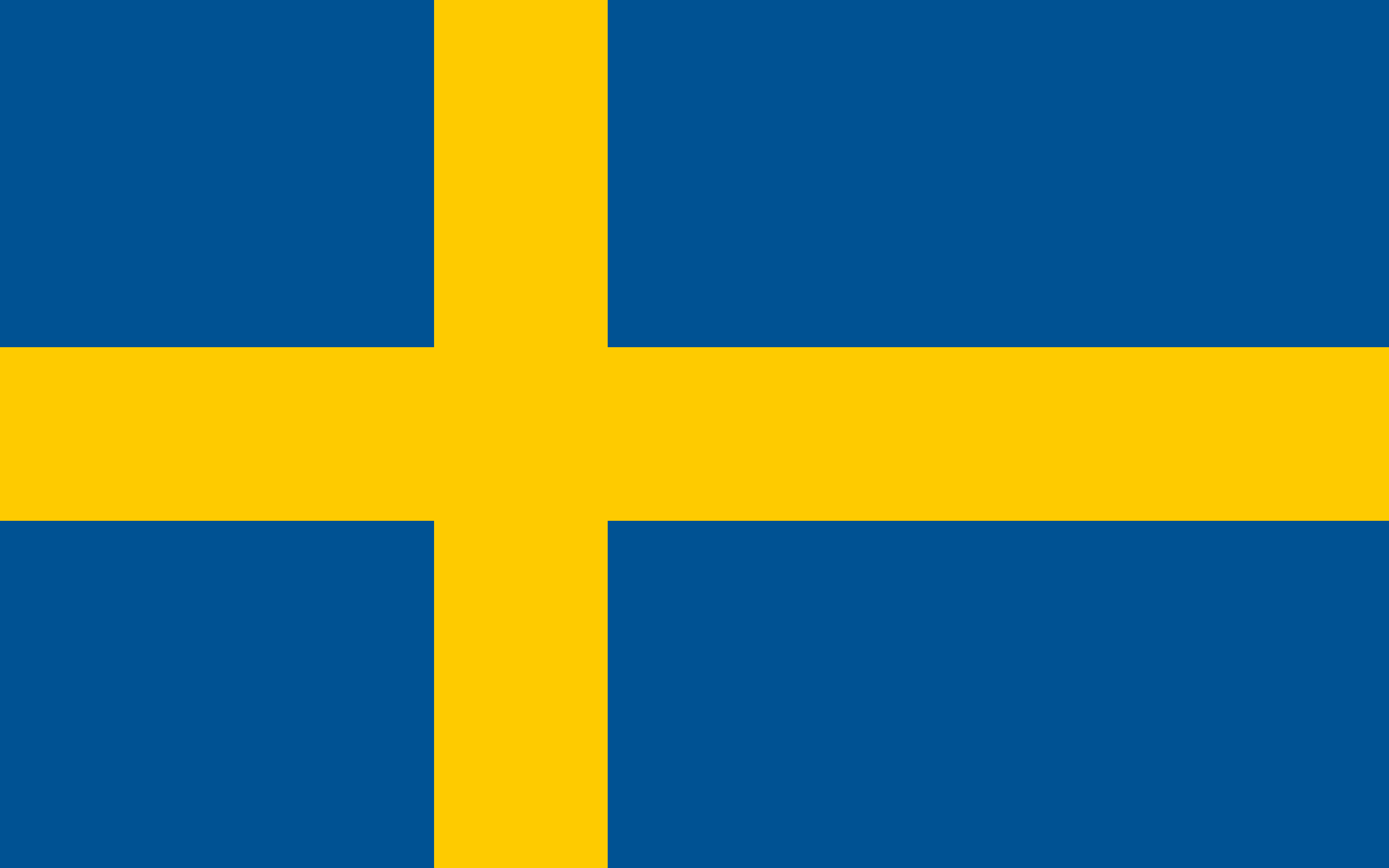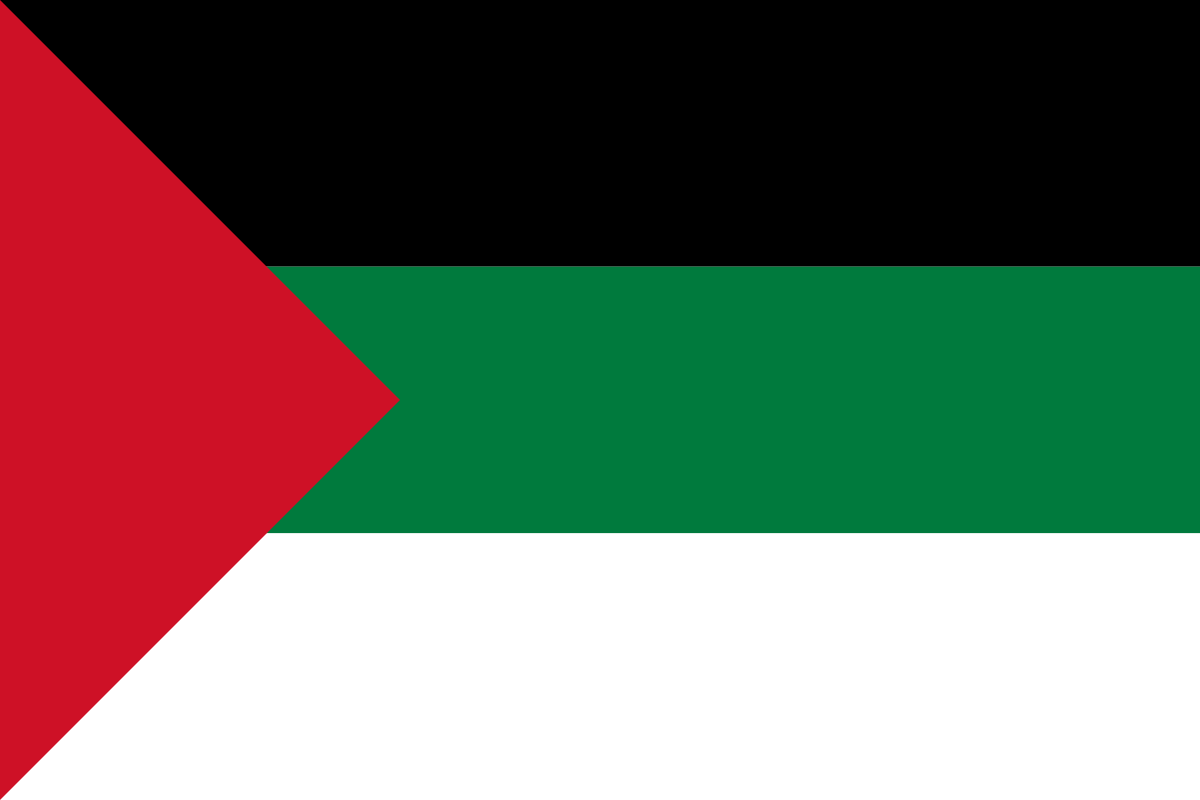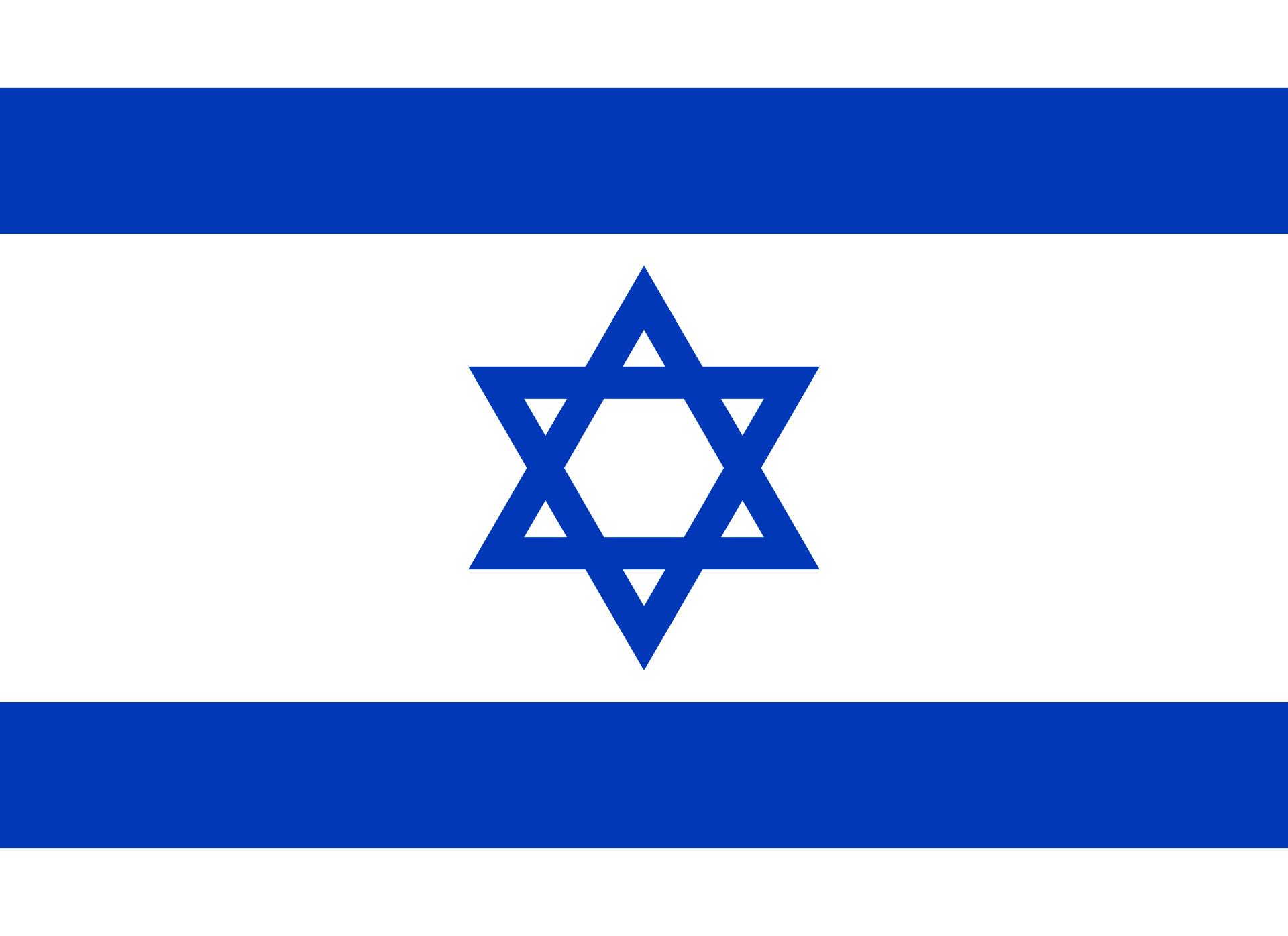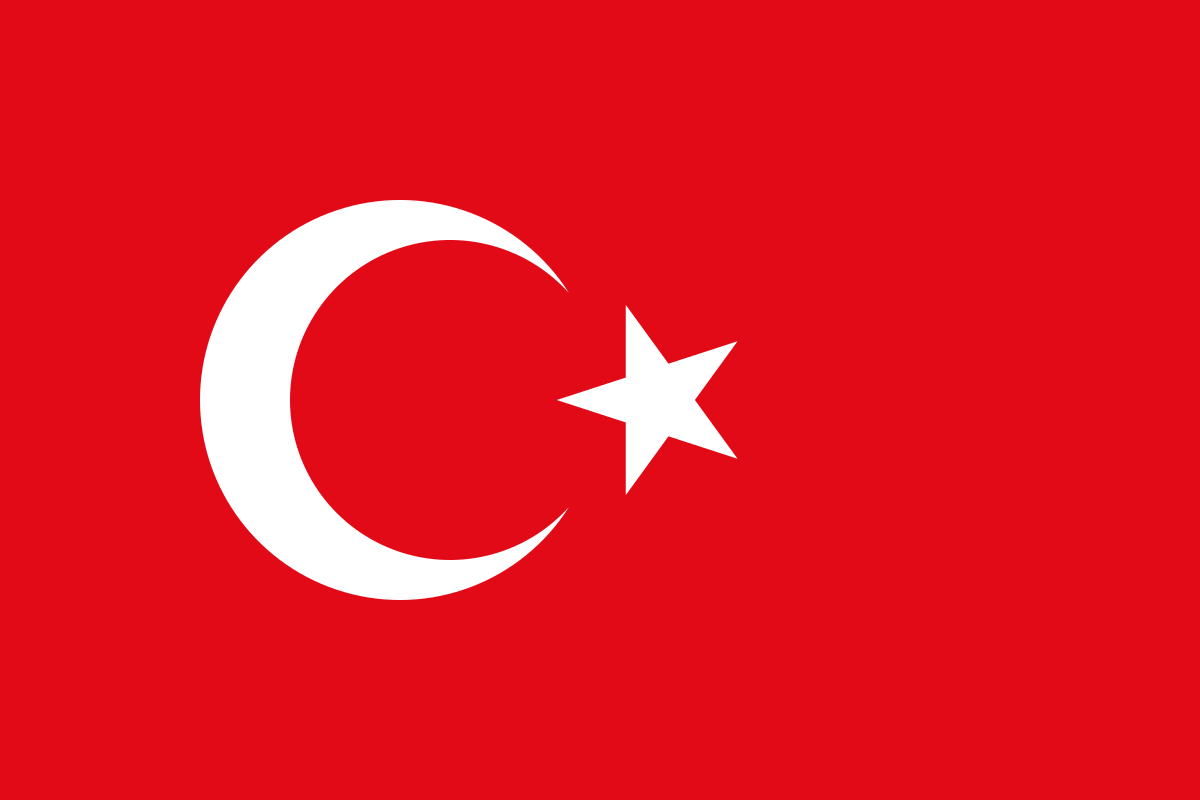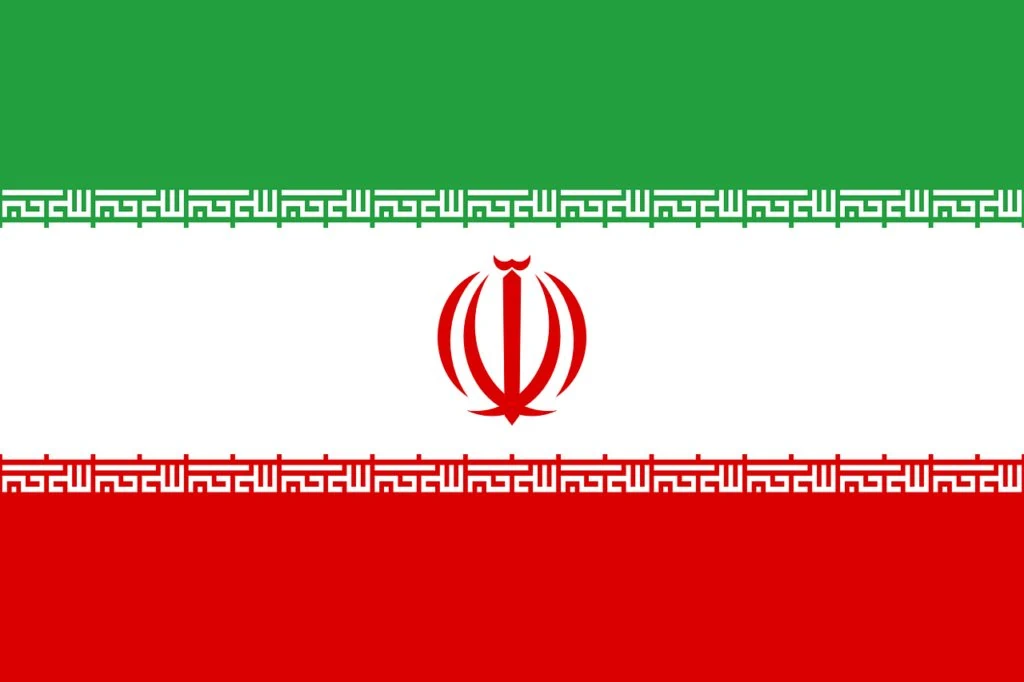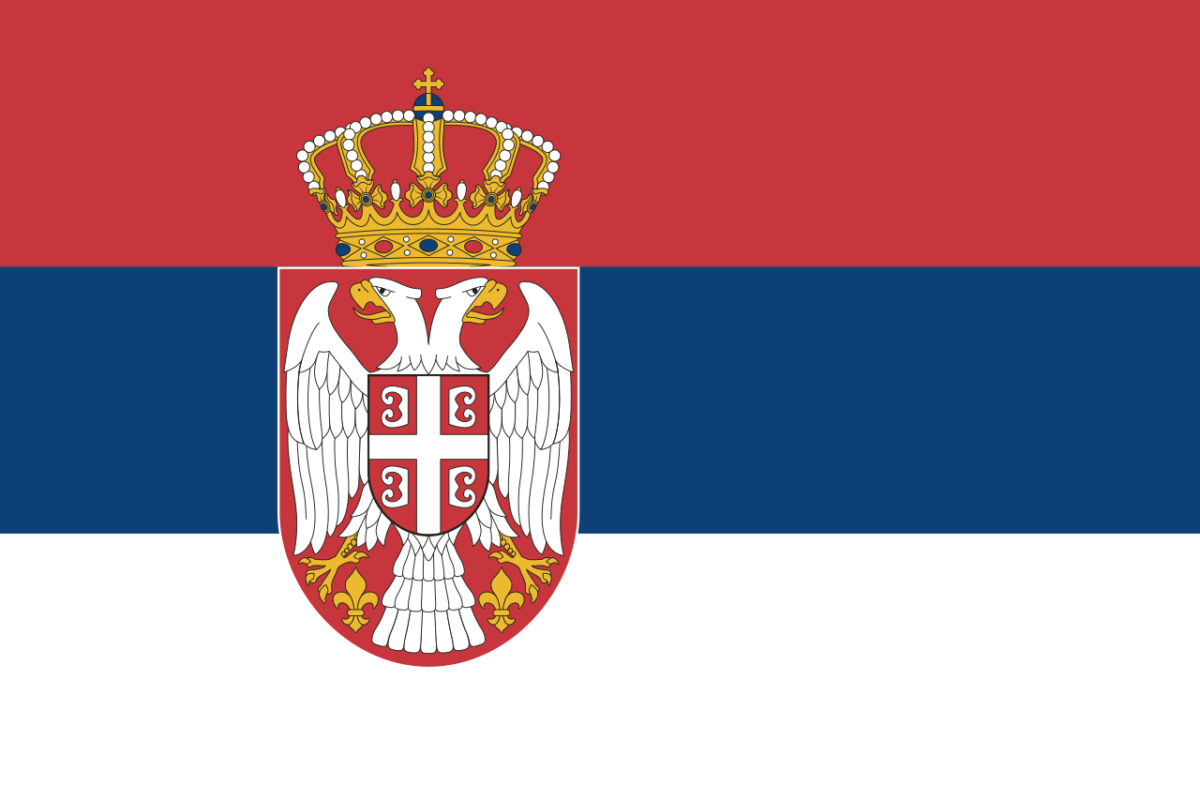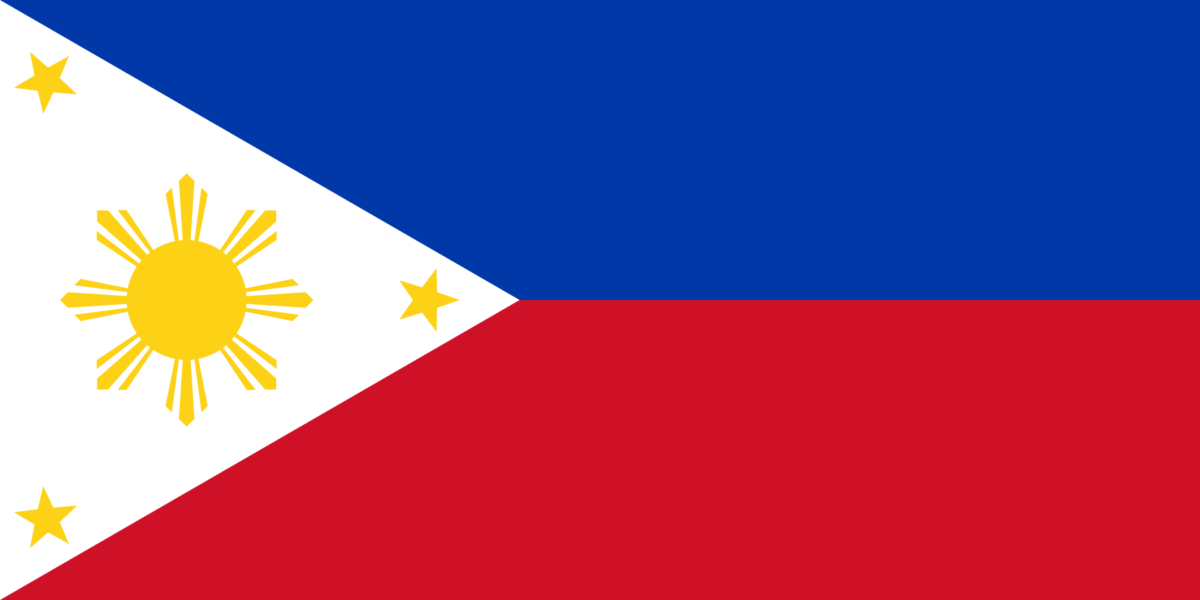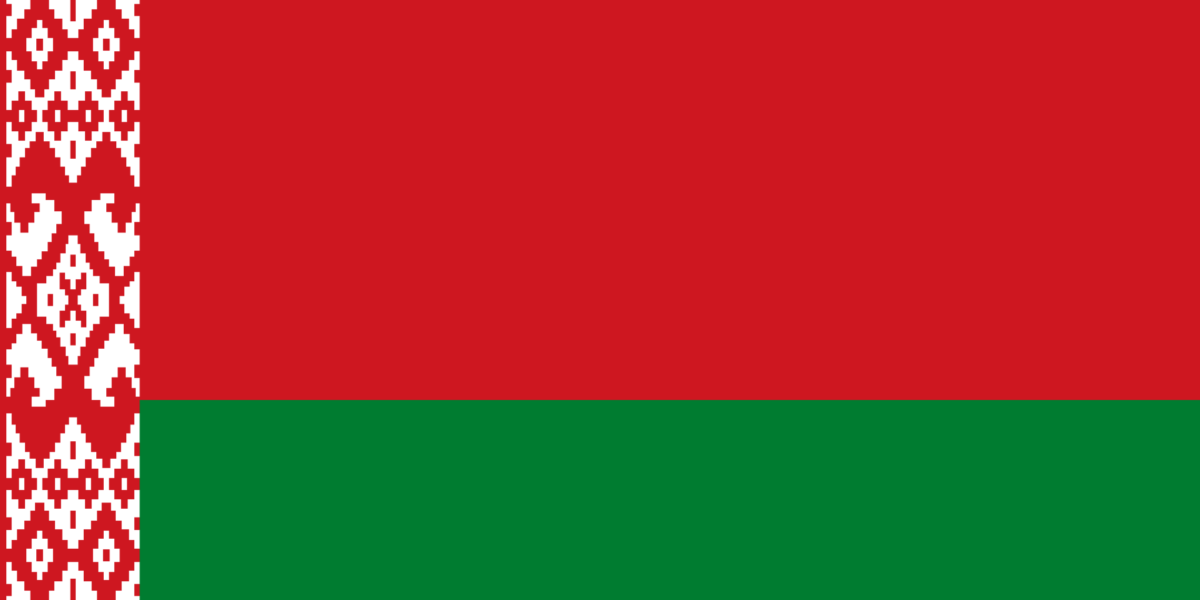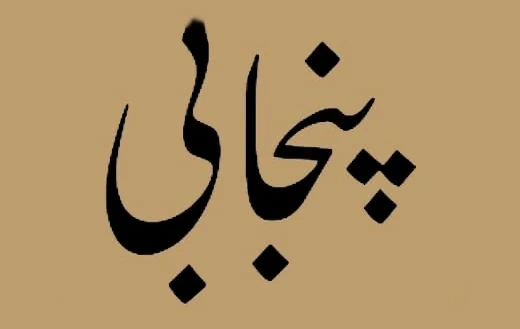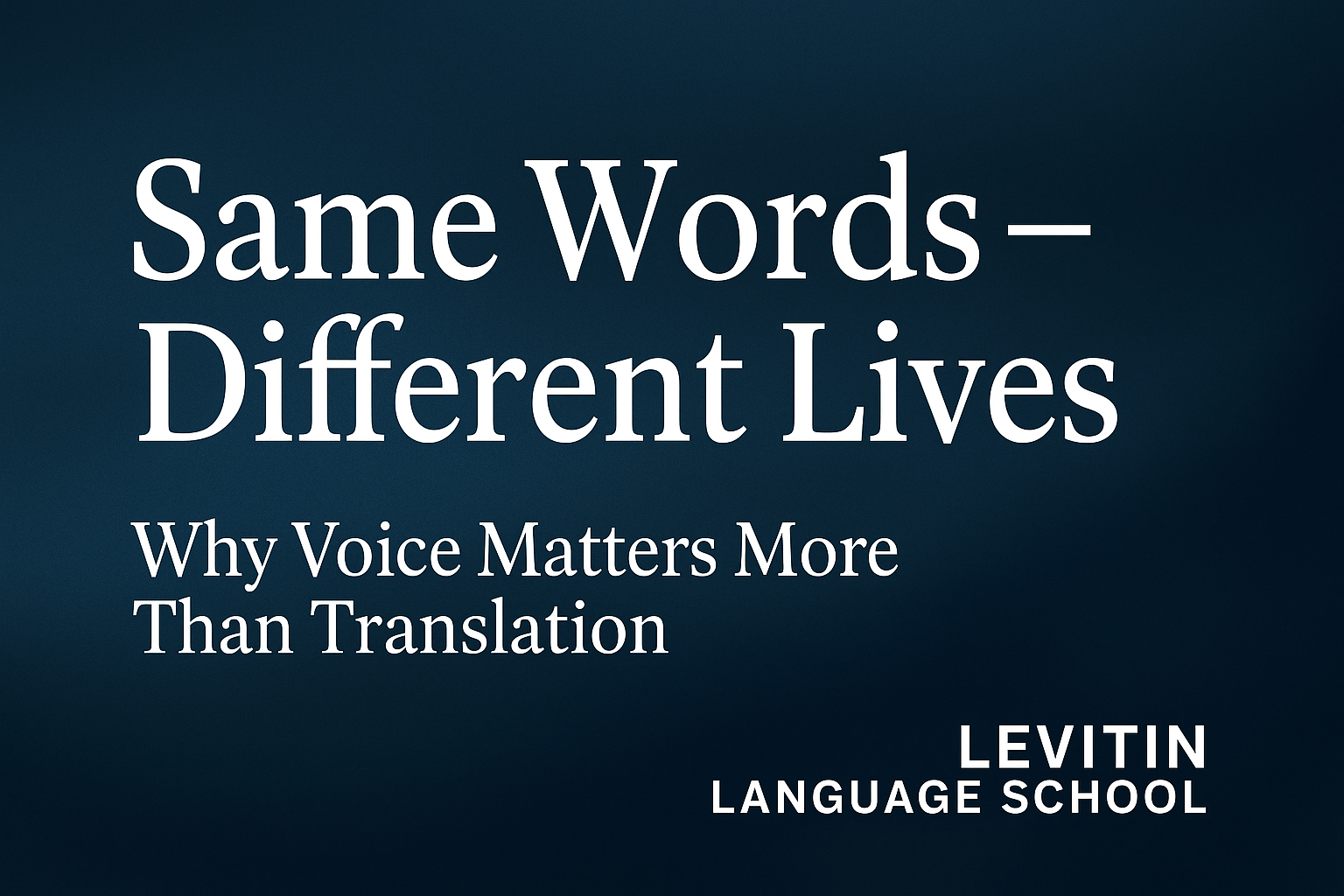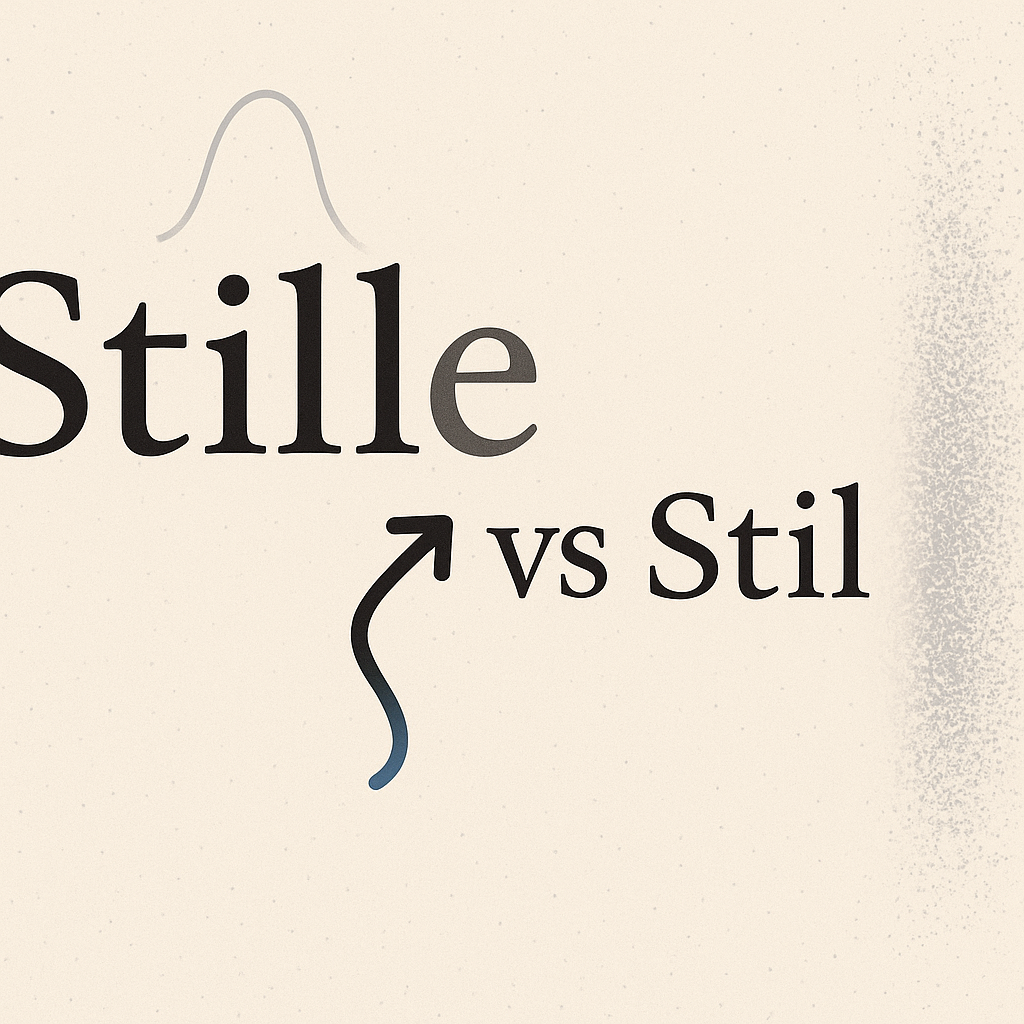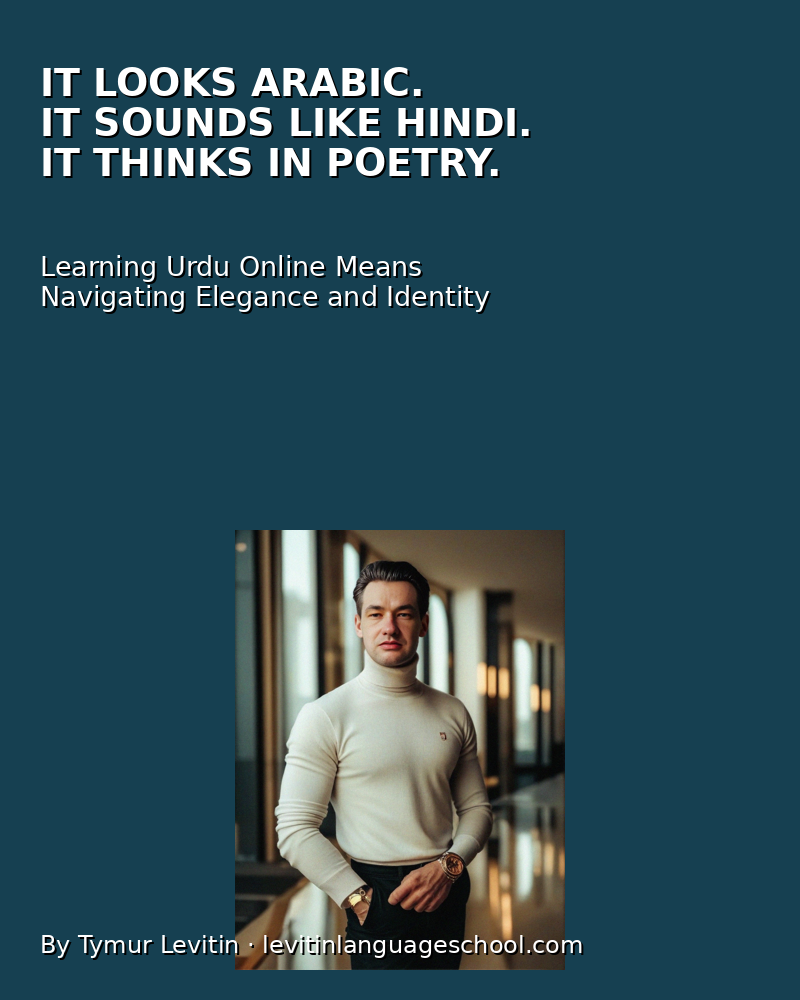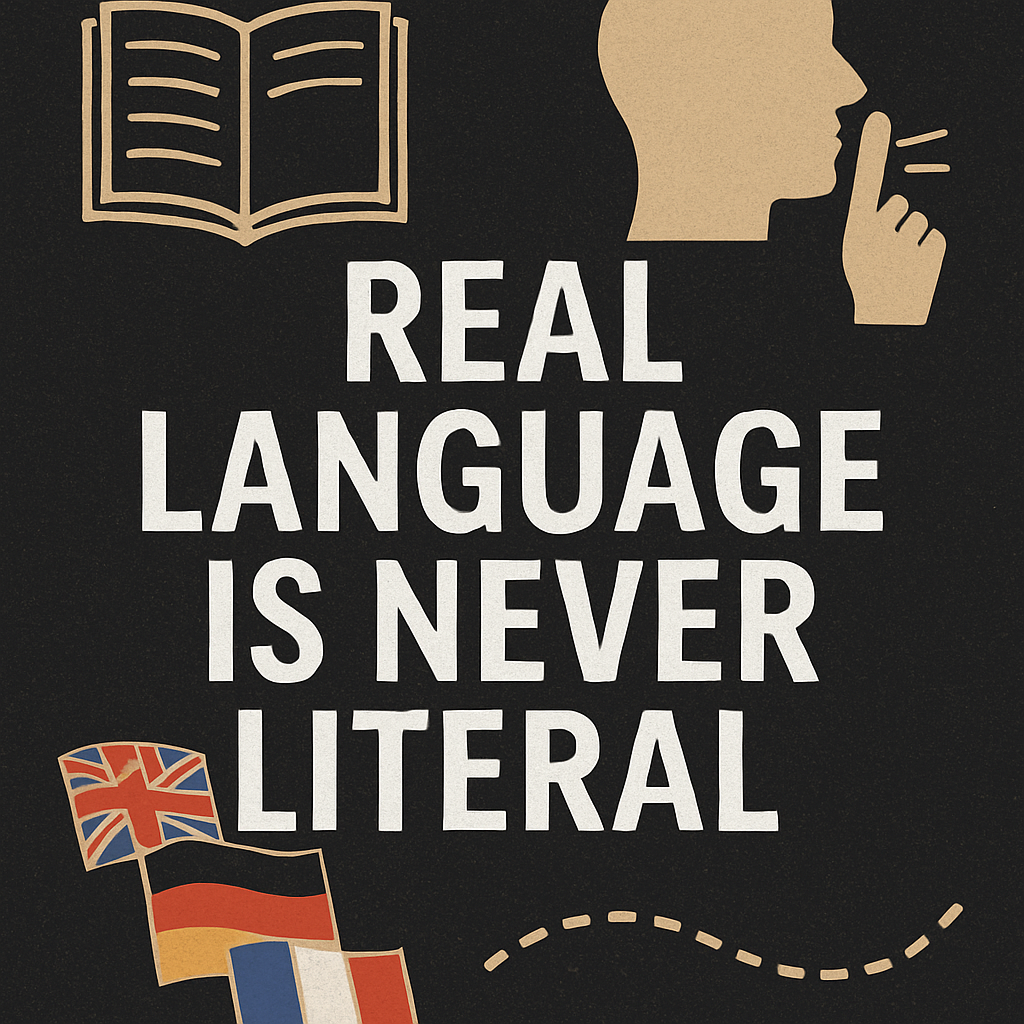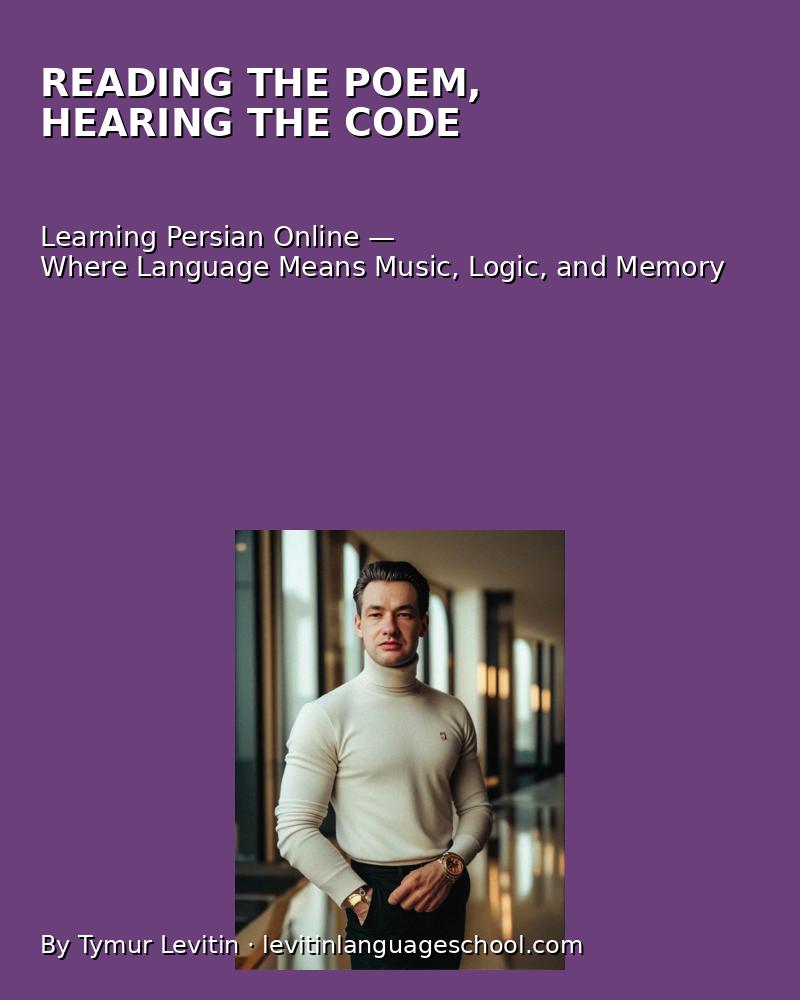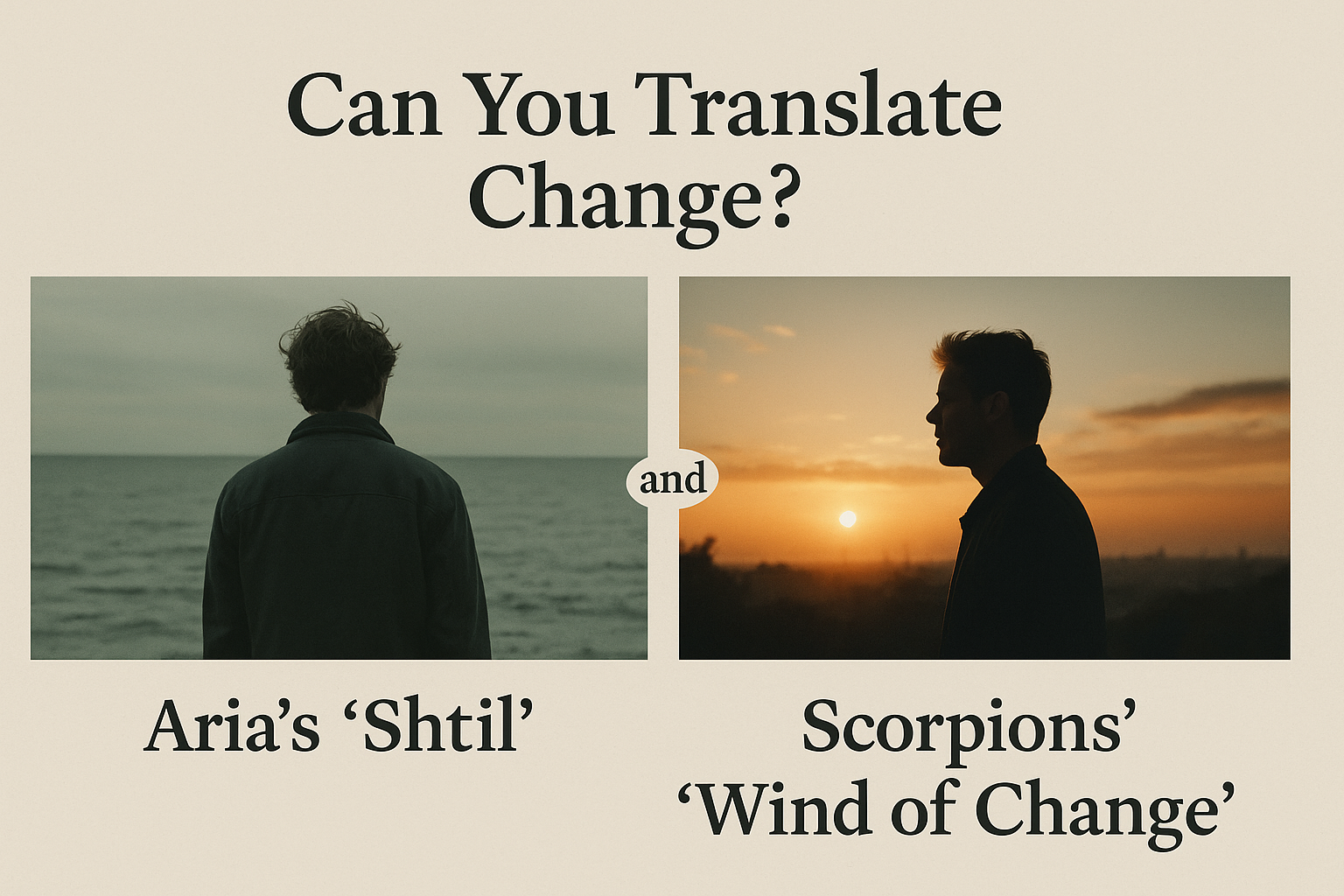A language that crosses worlds
Urdu is a language that confuses expectations.
It uses the Arabic script — but it’s not Arabic.
It sounds almost identical to Hindi — but it’s not Hindi.
Its grammar is Indo-European — but its imagery is Persian.
And even its name — اردو — means “camp” or “gathering”.
Urdu doesn’t just connect cultures. It was built to do exactly that.
Why people get it wrong — and what that teaches us
Many students come to Urdu expecting something complex and exotic.
But they quickly discover: Urdu is full of logic, rhythm, and emotion — if you approach it the right way.
It’s a language where:
- sentences flow like verses,
- meanings depend on formality and tone,
- and grammar is simple but expressive — if you think in context, not in rules.
That’s why we teach Urdu through patterns, not memorization.
Online learning that fits the language
At Levitin Language School, we know that learning Urdu isn’t about copying charts or watching apps.
It’s about:
- ✍️ Writing — so you can see how beauty is structured
- 🎧 Listening — to catch the music of meaning
- 🗣️ Speaking — with real emotion, not translations
- 🧠 Thinking — in comparisons, structures, and feelings
Urdu is a language of nuance. And we train you to master it from the very first lesson.
What about Arabic or Persian?
If you already know Arabic — you’ll recognize the script, but be surprised at the grammar.
If you’ve studied Persian — many phrases and poetic ideas will feel familiar.
But Urdu has its own personality — one shaped by history, migration, and elegance.
We help you explore all of it — without getting lost in complexity.
Learn Urdu Online — Learn to Speak with Soul
🌐 Read more articles in our blog
📚 Related topics:
– Reading the Poem, Hearing the Code: Learning Persian Online
– You Can’t Read It? That’s Why You Should Try
– Stop Memorizing. Start Thinking.
🖋️ By Tymur Levitin
Founder & Head Teacher, Levitin Language School
Start Language School by Tymur Levitin
© Tymur Levitin
Rubric: Interesting Information

